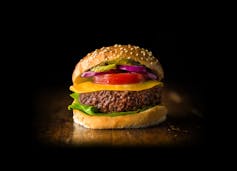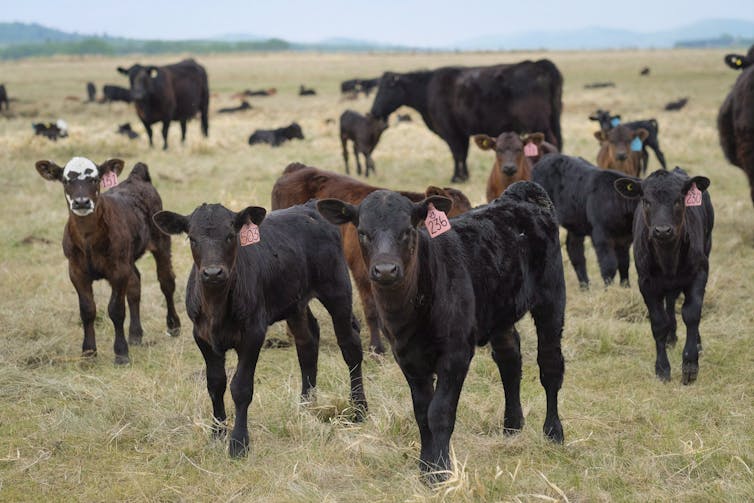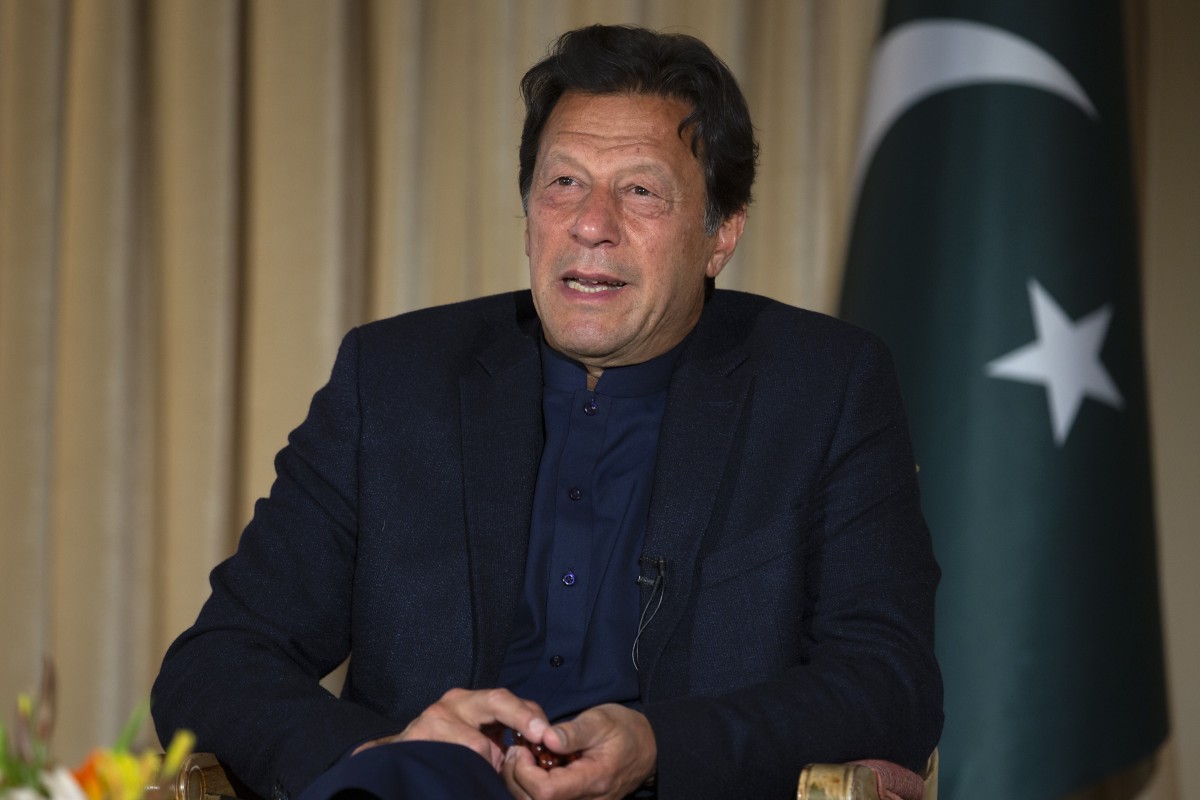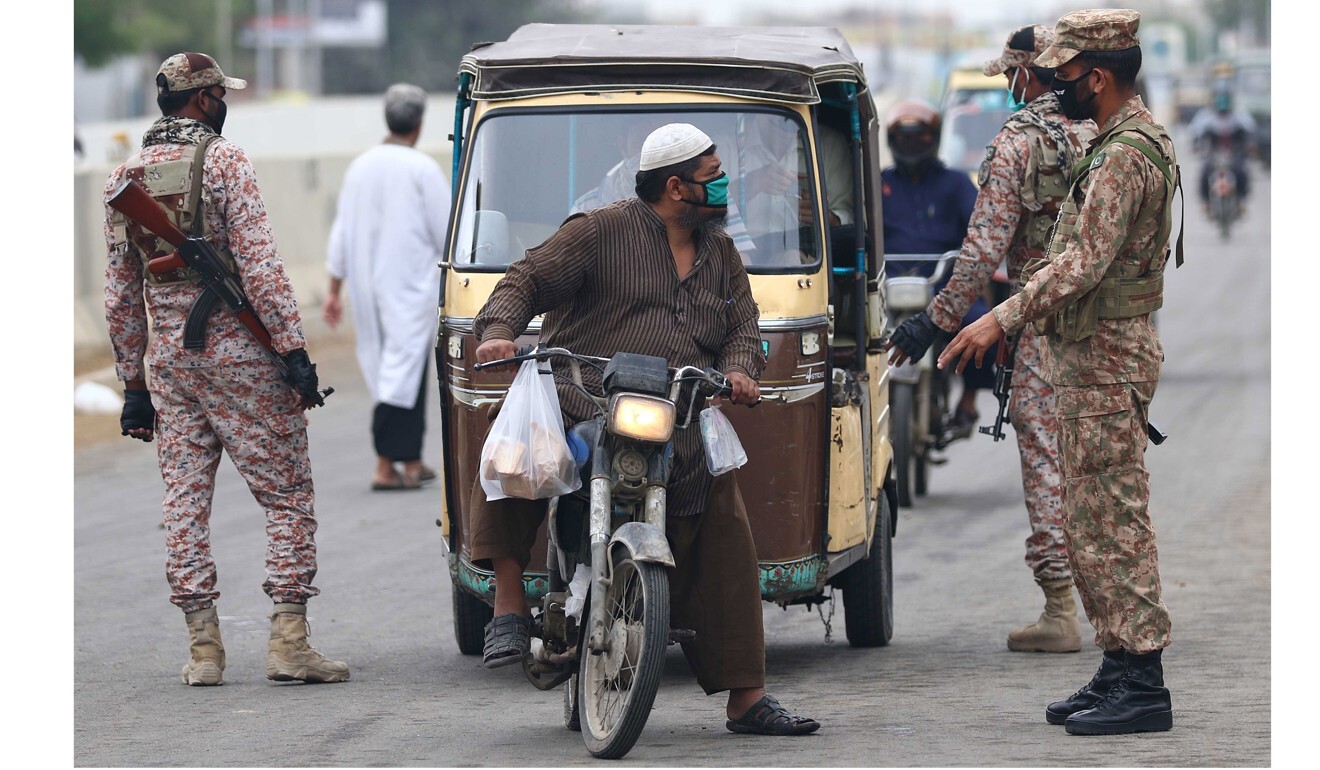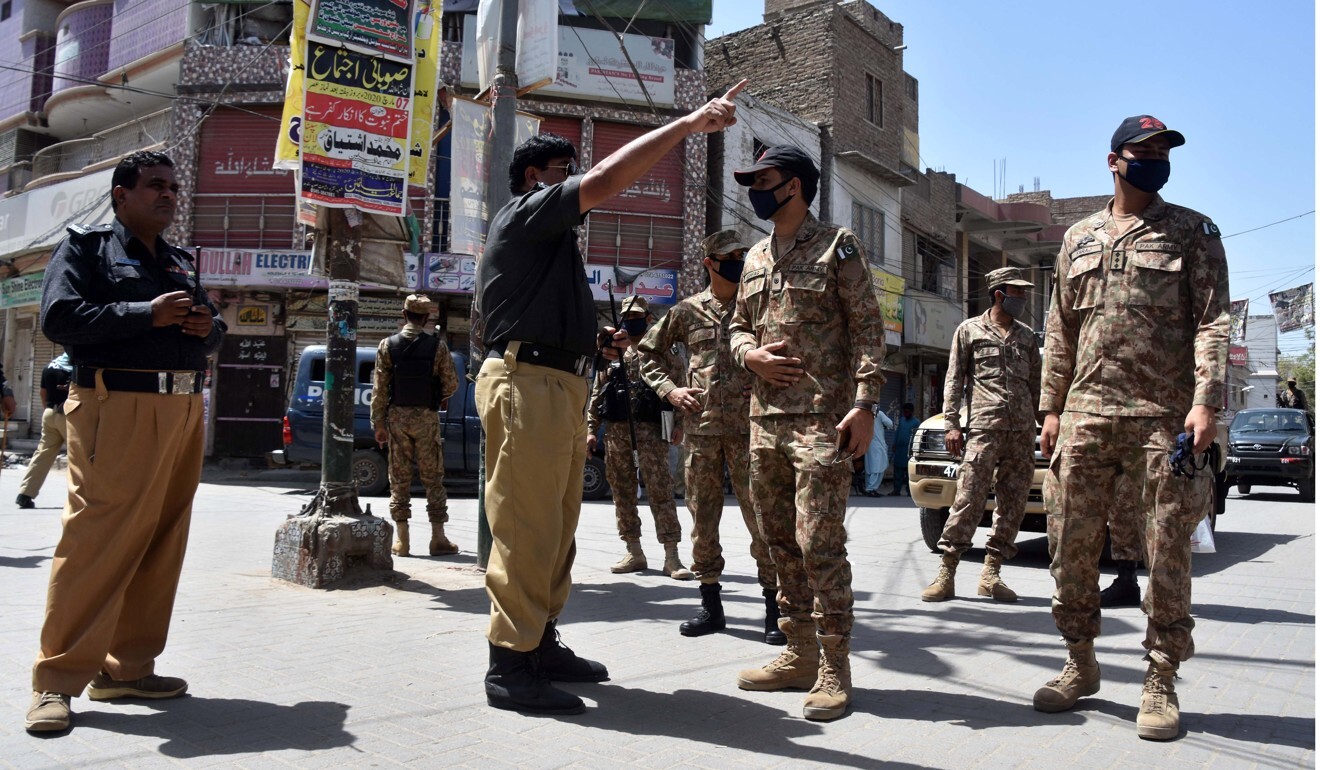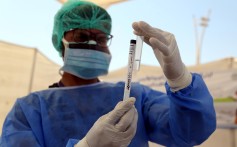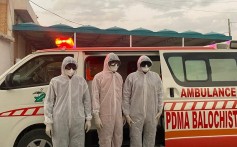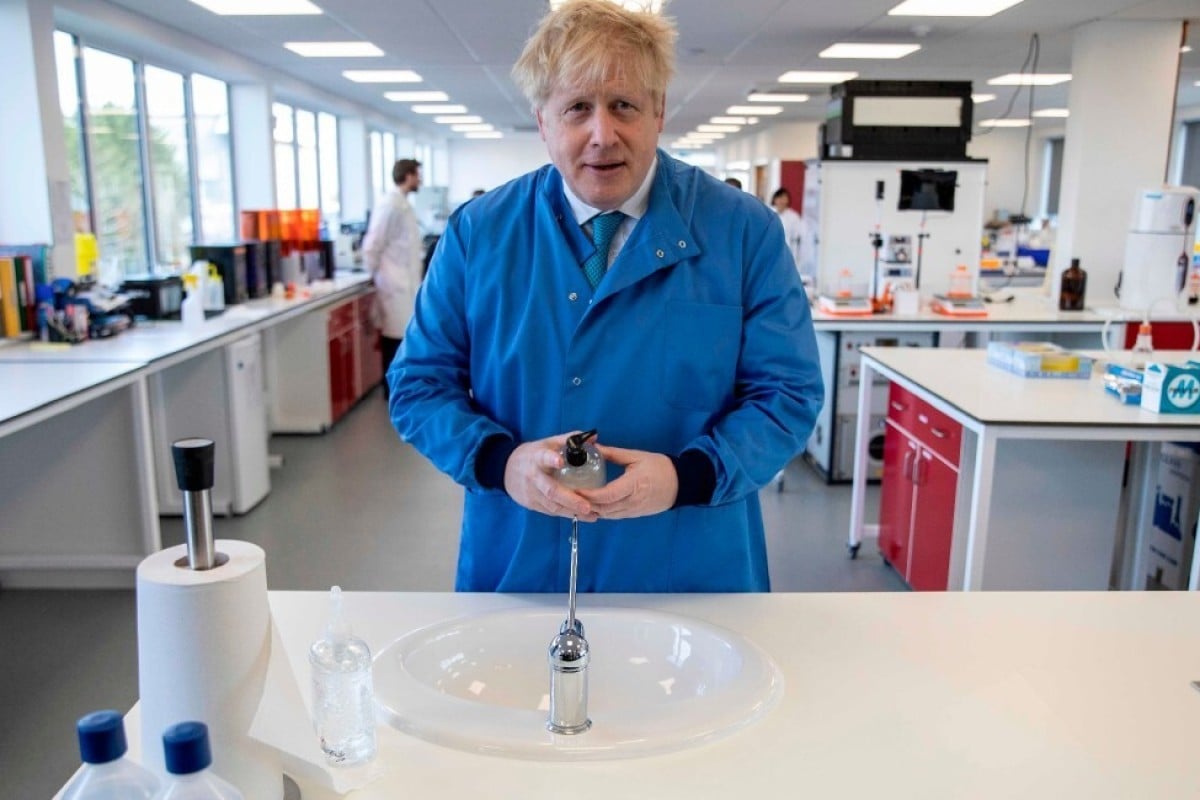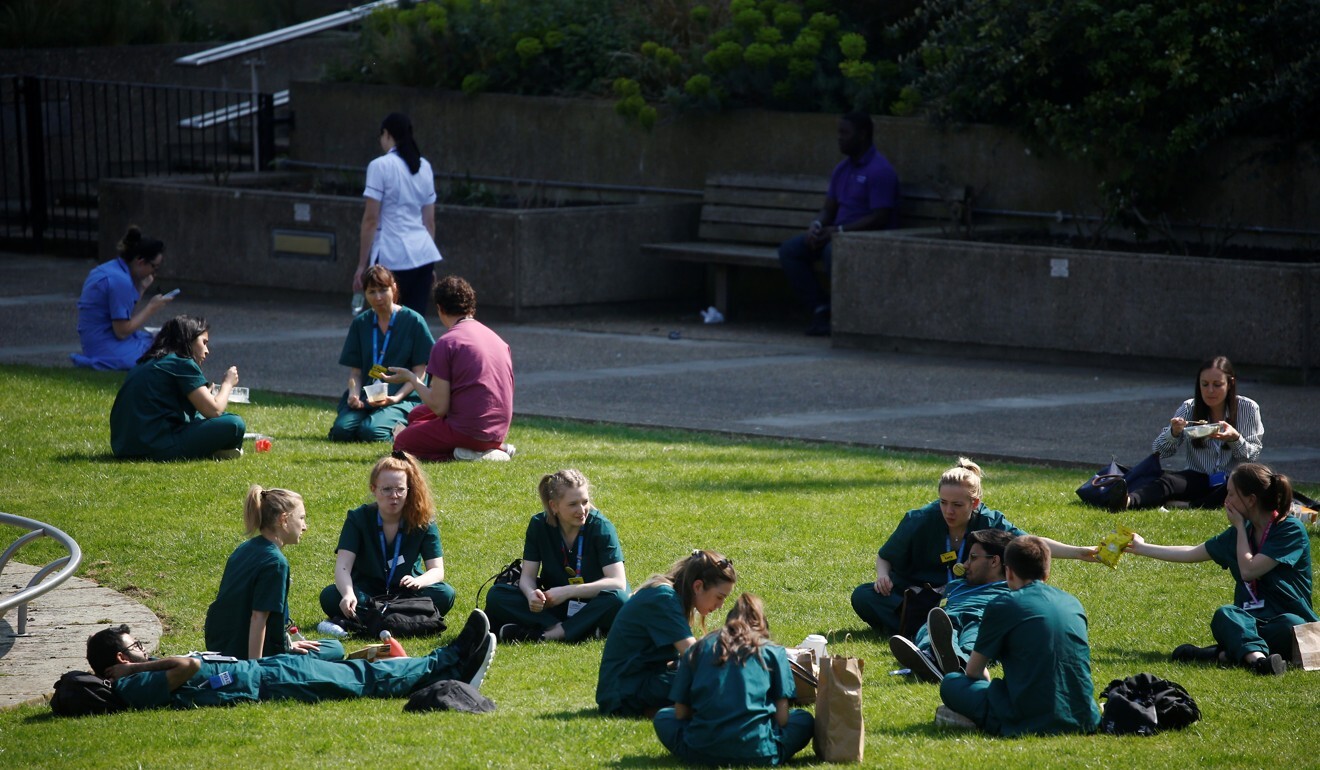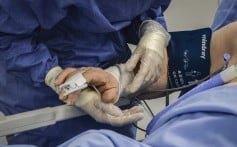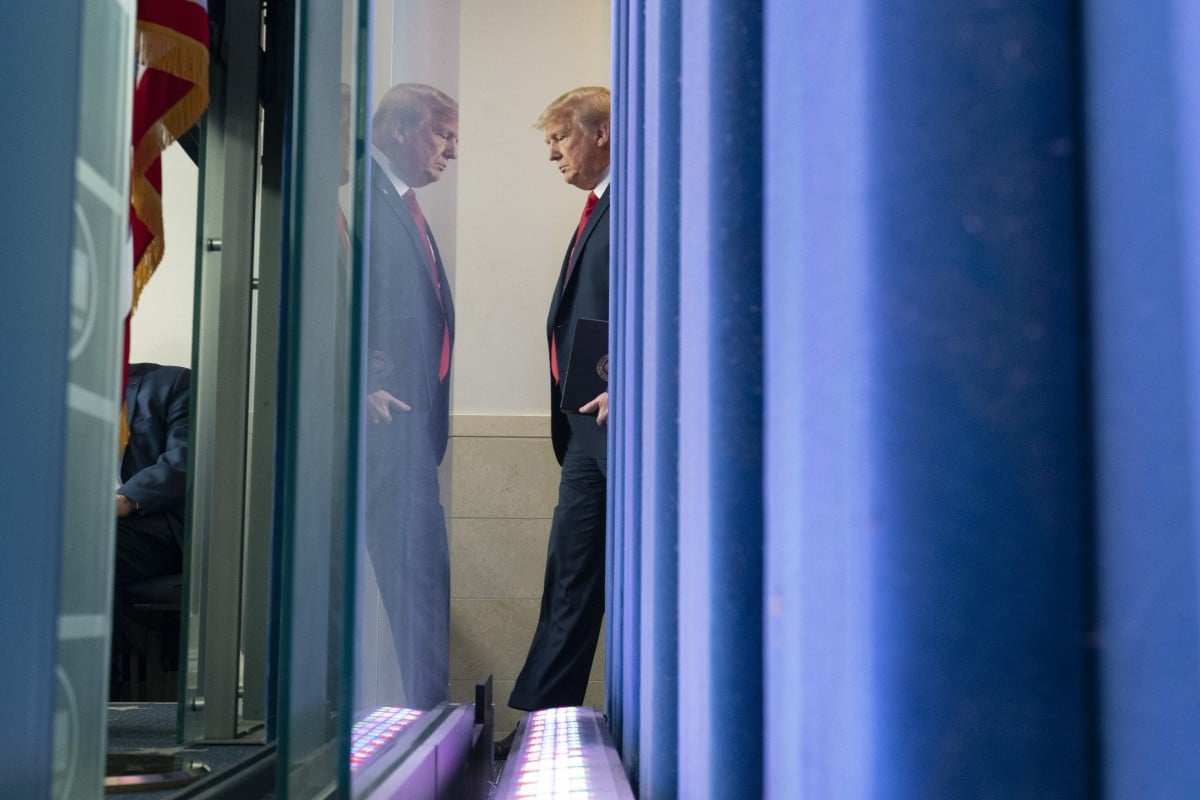Shima Shimizu, a Japanese chef and founder of Hong Kong health food retailer Foodcraft, suggests extending the shelf life of fresh produce by freezing them. Raw onions, for example, can be chopped and divided into portions before freezing. “If it’s carrots or broccoli, boil them first, then freeze them,” she says.
During the panic-buying phase in Hong Kong, Shimizu noticed shoppers heavily targeted meat and eggs. “Severe acute respiratory syndrome [Sars], Middle East respiratory syndrome [Mers] and now the coronavirus all started from animal protein … so why are you seeking the same thing?” she ask

Shima Shimizu is the chef and founder of Foodcraft in Kennedy Town.
Shimizu usually eats a vegan diet but remains flexible to eating meat during family dining occasions. However, during this outbreak, she is decidedly more plant-based. “I don’t want to eat meat any more,” she says. Her shopping trolley items include legumes, tofu and Japanese natto (a fermented soybean food).
Try making her plant-based “pulled pork” burger, with added turmeric to enrich the meal and strengthen your immune system (details below).
The vegan jackfruit turmeric rice burger is a good alternative to eating meat.

The vegan jackfruit turmeric rice burger is a good alternative to eating meat.
Nutritious and delicious: Jackfruit turmeric rice burger
Ingredients for rice bun:
300g brown short grain glutinous rice
360ml filtered water
¼ tsp turmeric
Ingredients for barbecue sauce (or use your favourite barbecue sauce):
1½ cup ketchup
¾ cup apple cider
¼ cup coconut flower sugar
¼ cup Tamari soy sauce (or regular soy sauce)
½ tsp cinnamon powder.
Ingredients for jackfruit centre:
300g young jackfruit in water
2 tbsp coconut flower sugar
1 tsp paprika
1 tsp garlic powder
½ tsp natural salt
½ tsp long pepper powder (or Hibachi Pepper)
½ tsp Korean chilli pepper
½ tsp cumin powder
2 tbsp sunflower oil.
Method
1. Cook the rice in a rice cooker with the turmeric.
2. For the sauce, combine all the ingredients in a pan, bring to boil and reduce until it thickens (around three minutes). Let cool.
3. Remove jackfruit from can or jar. Drain off excess water. Rinse well. Remove core of the fruit then chop or mash for a “pulled pork” resemblance. In a bowl, combine remaining seasoning ingredients with chopped jackfruit and mix well. In a frying pan, add oil then cook the jackfruit mix until tender (around three minutes). Reduce heat to low then add ½ cup barbecue sauce. Cook for another five minutes.
4. Make rice patties from the cooked rice (use a round ring mould). Fry each rice patty for a minute each side. Finally, assemble the “burger” with your favourite fillings.
Like cooking? For Asian recipes to make at home for friends and family, visit
SCMP Cooking
https://www.scmp.com/lifestyle/health-wellness/article/3078736/stop-panic-buying-healthy-food-last-you-through-crisis
.https://www.scmp.com/lifestyle/health-wellness/article/3078736/stop-panic-buying-healthy-food-last-you-through-crisis


